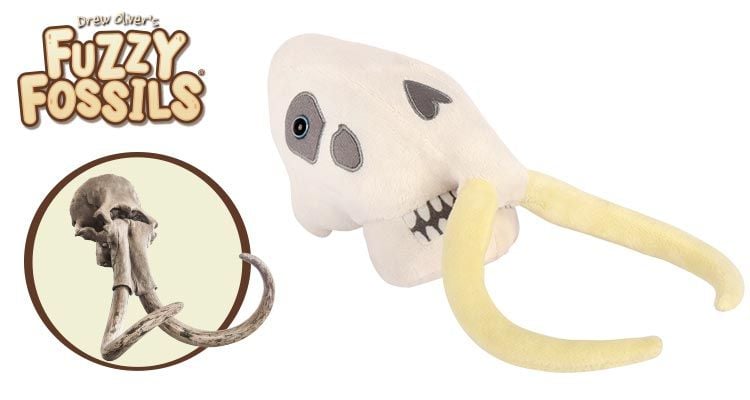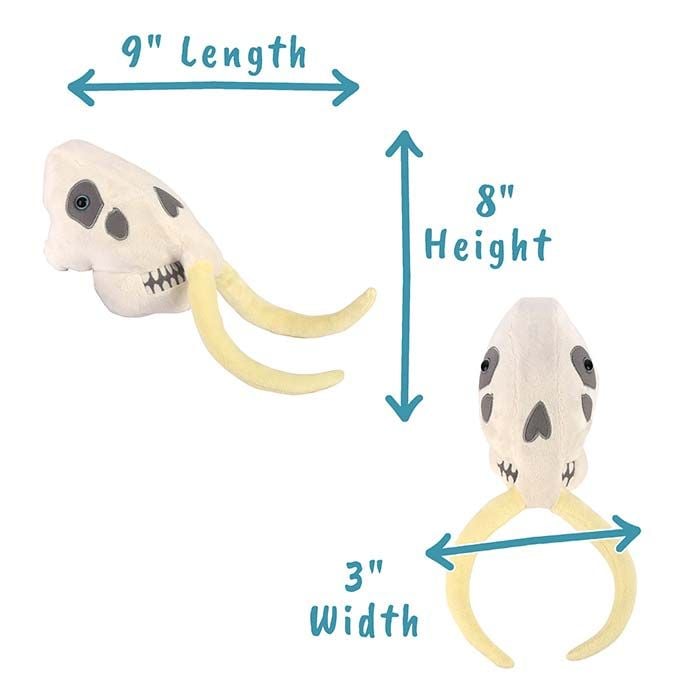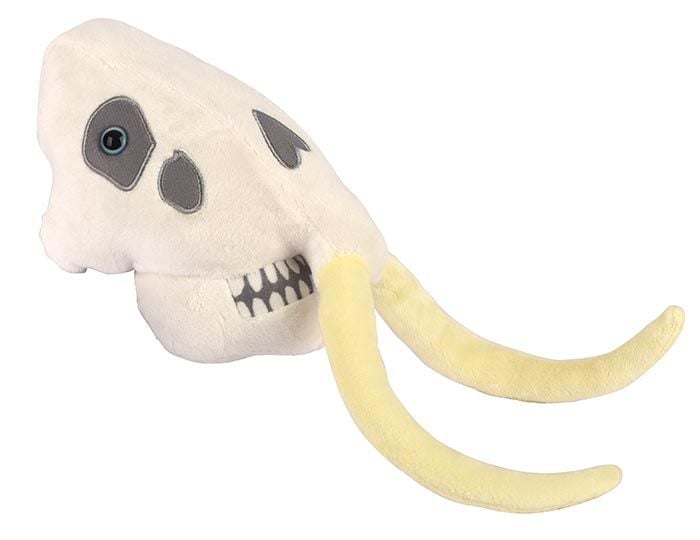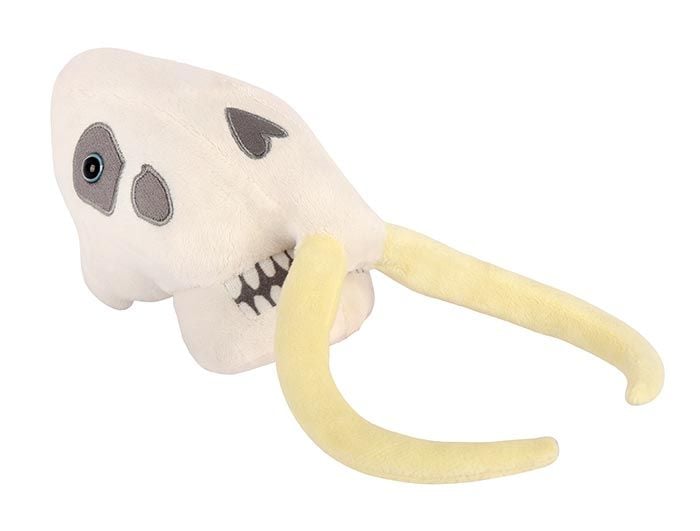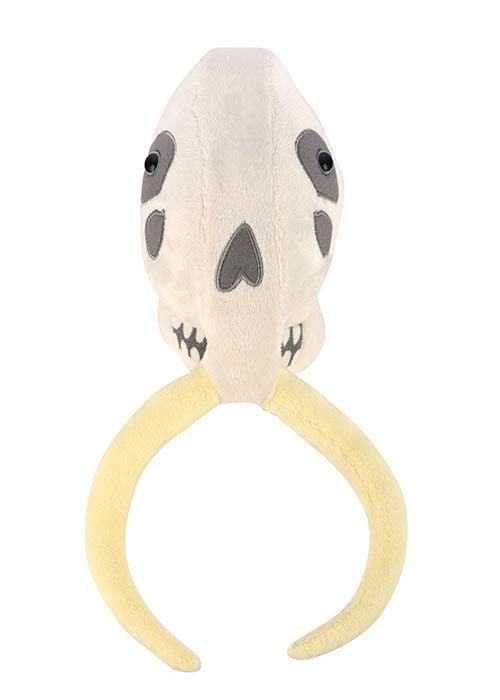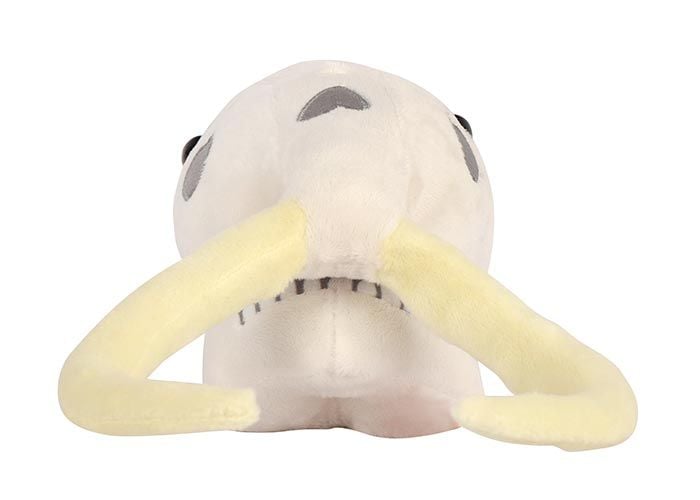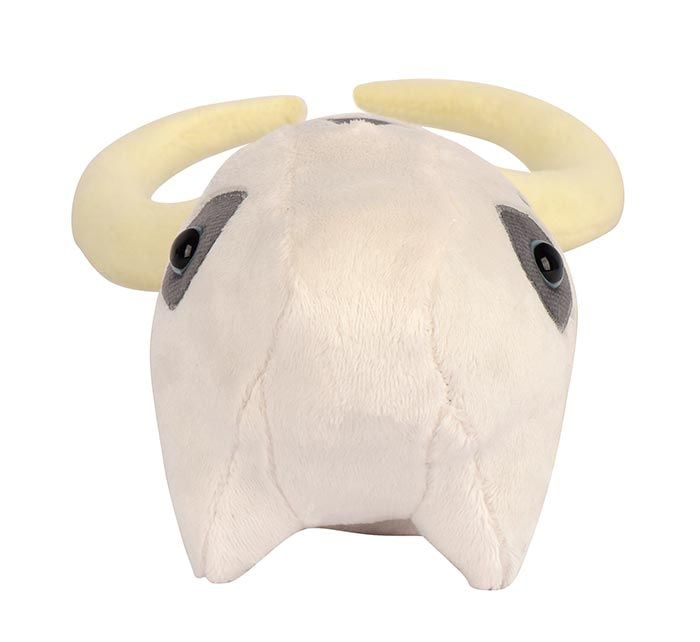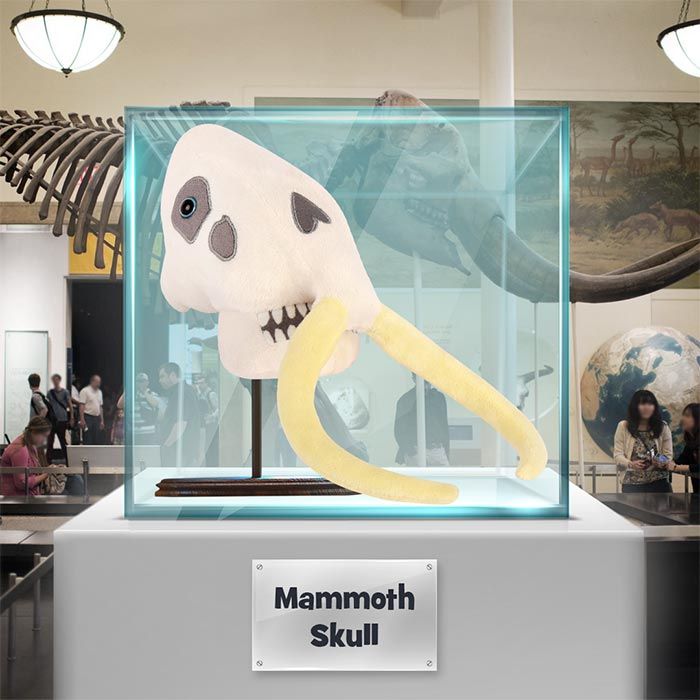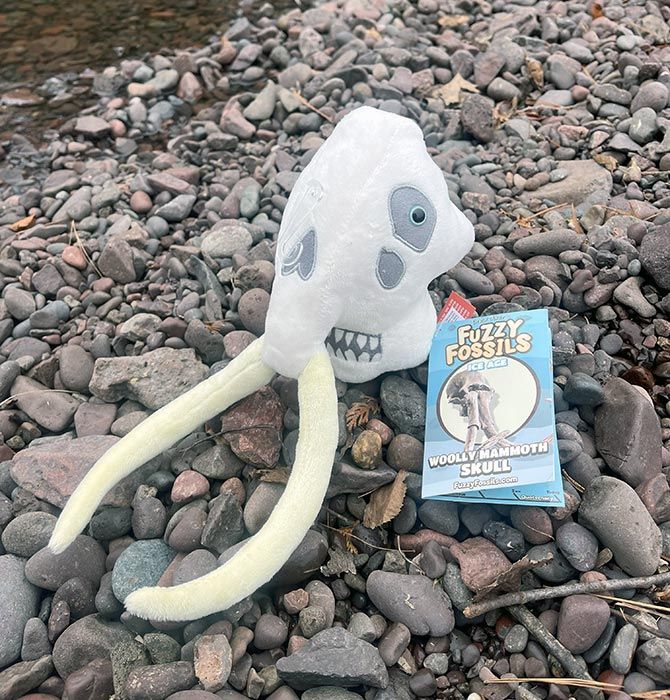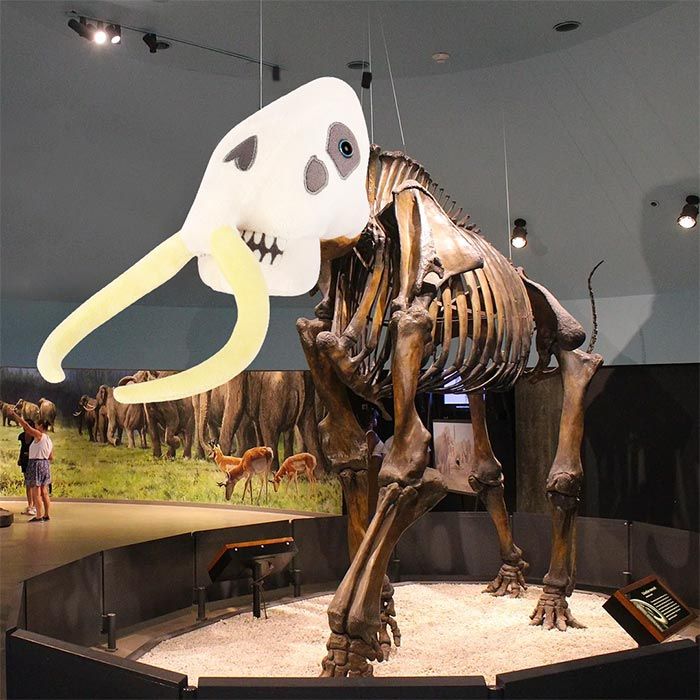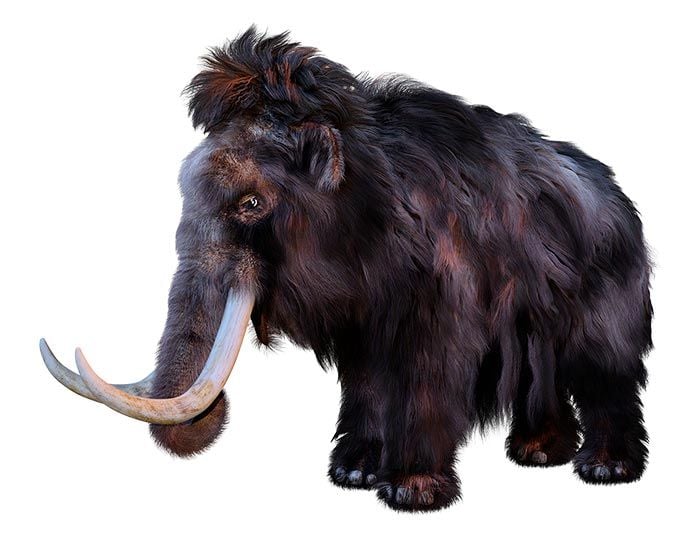Woolly Mammoth Skull
Of all the ice age megafauna, the woolly mammoth is the superstar and perhaps the best studied. Mammoths lived side-by-side with our human ancestors and, as the subject of prehistoric cave paintings found in Europe, we really saw how they looked. Mammoths existed for over 1 million years during the Quaternary period, which includes the Pliocene, Pleistocene and Holocene epochs.
Size: 9 x 8 x 3"
Product Details
Additional Information
| Sizes | Giantmicrobes are based on actual microbes, cells, organisms and other critters, only 1,000,000 times actual size! Gigantic (GG) 16-24" XL (XL) 10-15" Original (PD) 5-8" Keychain (KC) 2-4" with clip |
|---|---|
| Materials | Plush from all new materials. Stuffed with polyester fiber fill. Surface washable: sponge with water & soap, air dry. |
| Packaging | Each plush microbe includes a printed card with fun, educational and fascinating facts about the actual microbe or cell. |
| Safety | Every product meets or exceeds U.S. and European standards for safety. For ages 3 and up. |
All about Woolly Mammoth Skull

Of all the ice age megafauna, the woolly mammoth is the superstar and perhaps the best studied. Mammoths lived side-by-side with our human ancestors and, as the subject of prehistoric cave paintings found in Europe, we really saw how they looked. Even President Thomas Jefferson was obsessed with mammoths and their bones. He popularized the term mammoth as a synonym for massive. Mammoths existed for over 1 million years during the Quaternary period, which includes the Pliocene, Pleistocene and Holocene epochs.
Elephants are living members of a group of hoofed mammals called proboscideans. They started out small, but over 60 million years evolved into huge mastodons and mammoths. The woolly mammoth is one of eight mammoth species, all closely related to modern elephants. Cloaked in colorful shaggy coats, the woolly mammoth was abundant, roaming the grasslands and tundra from Asia to North America. It had a domed skull, ridged teeth and two gargantuan tusks that curved to 14 feet. The tusks were used less as weapons and more as snow shovels to clear grass and gather food. Its body was huge at over 13-feet tall and 14,000 pounds.
Most mammoths went extinct 10,000 years ago. Dwarf mammoths, isolated on an Alaskan island, lived as recently as 4,000 years ago. Some paleontologists attribute the mammoths’ demise to infectious disease. Yet, they were hunted by humans and that, along with the changing climate, likely drove them to extinction. Today, the arctic permafrost holds thousands of frozen and mummified mammoths.


